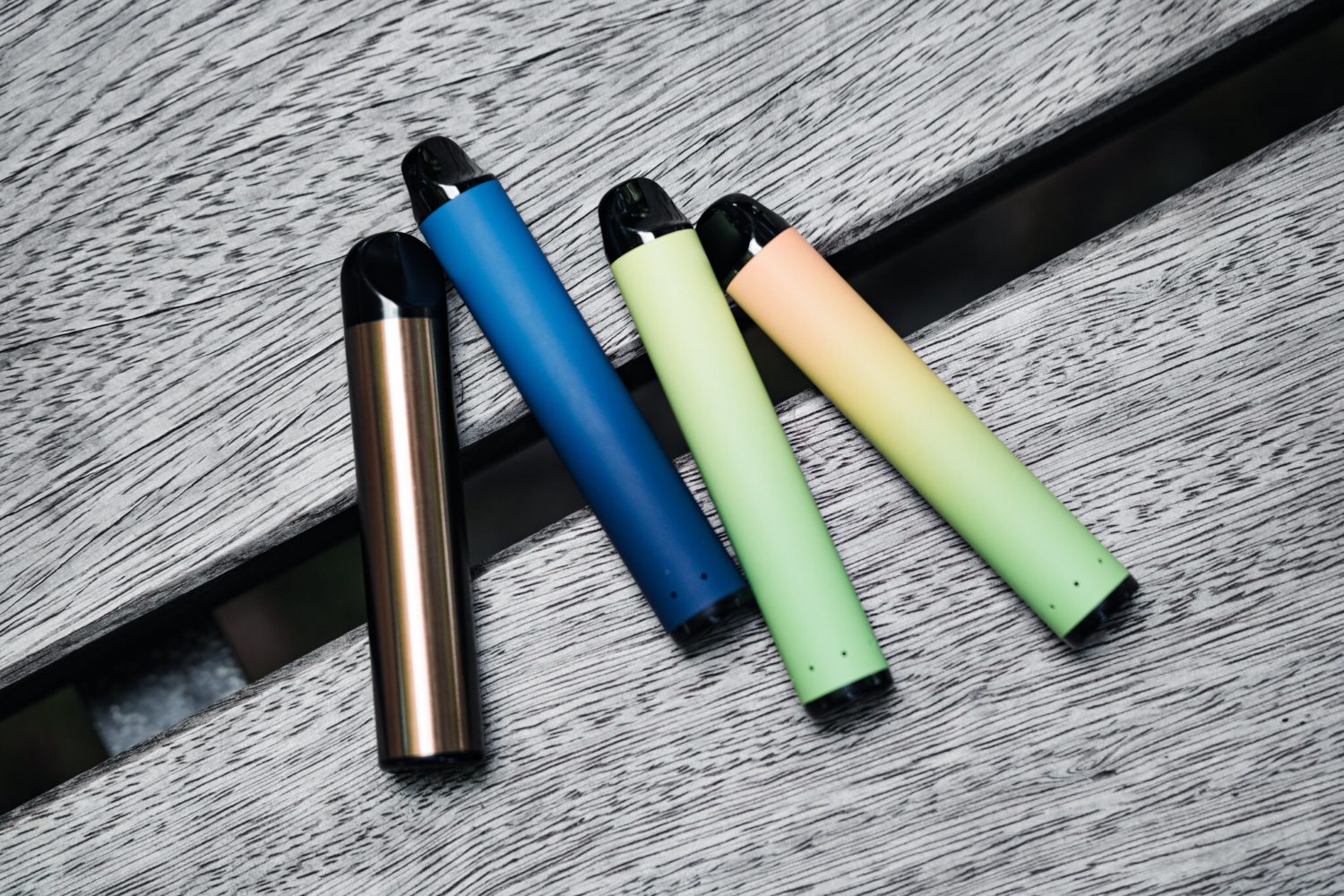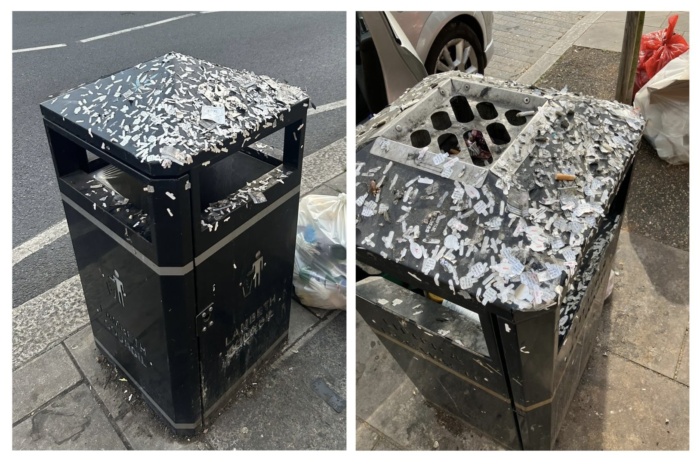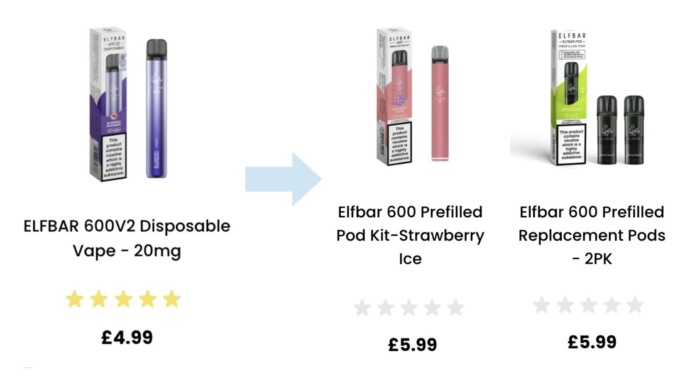
If I had mentioned the brands “Elf Bar” or “Lost Mary” five years ago, you’d probably have no idea what I was talking about. However, just this week, a UK-wide ban on the disposable vapes that made these brands (almost) a household name came into force.
Originally introduced in the UK in 2005, vapes (or e-cigarettes) were designed as a cleaner, safer alternative for smokers trying to quit. For years, they served that purpose quietly and effectively, helping thousands leave cigarettes behind.
Then Elf Bar entered the market with their disposable vape. Cheap, colourful, convenient, and coming in flavours like “Bubblegum” and “Rainbow Candy”, disposable vapes exploded in popularity - since 2021, the number of vapers in the UK has jumped by over 50%.
But this rise in vaping wasn’t just fuelled by smokers trying to quit. In fact:
- 1 million UK adults who’ve never smoked now vape - a sevenfold increase since 2021.
- The percentage of smokers who also vape has nearly doubled, from 17% to 32%
- And perhaps most concerning: one in four children aged 11-15 have tried vaping, with 9% vaping regularly.
The problems aren’t just health-related. Disposable vapes are a nightmare for the environment: they’re hard to recycle, contain lithium batteries that spark fires in landfills, and they litter streets, parks, playgrounds and even bins.
(At Behaviour Change we have been enjoying observing social norms in action in the littering of vape seals on bins):

So the government stepped in, banning disposable vapes across the UK. On the surface, it’s a win for public health and the planet. But like many policies, this one may come with unintended consequences.
Here are three that I think could be on the horizon:
1. Vaping rates stay the same, or even rise
Although I’m sure the brands behind disposable vapes want you to think they care about health and the environment, sadly commercials remain their top priority. Therefore it should come as no surprise that they have found a workaround for the ban on disposables: new “non-disposable” products that look and feel almost identical to the banned disposables. The same shape, bright colours and fruity flavours. The only difference is a small charging port or the option to refill - features so subtle that many users might not notice, and therefore not enough to disrupt engrained habits of buying, using and disposing of their vapes every time.
However, for those who are paying closer attention, or have less engrained habits, vaping could have just become much cheaper. An Elf Bar refill pod now costs just over half the price of a former disposable vape. Whilst this could drive reuse (an environmental win), cheaper nicotine could mean more vaping, more often - potentially doubling consumption for the same cost - a step back for public health.

2. Snus usage increases
As disposable vapes decline, nicotine pouches - known as “snus” - are beginning to fill the gap - their rise closely mirroring the early days of disposable vapes:
- Bright, flashy packaging making the products stand out on the shelf
- Sweet, exotic flavours piquing emotional curiosity
- Influencer appeal, with almost 20% of professional footballers reporting using it
It’s easy to see how snus could grow into a trend in the same way disposable vapes did, with the ban potentially playing a role in boosting this trend. And whilst snus is less harmful, it is not harmless - especially in children and people who were never smokers.
3. The number of smokers using vapes as a quitting aid declines
Negative news stories about vaping posted in relation to the ban - whilst often true - rarely come with crucial context of how they compare to the harms of smoking cigarettes. This has led to an alteration in public perceptions of vaping with 50% of the adult population now (incorrectly) believing that vapes are equally or more harmful than cigarettes (compared to 32% who think the opposite). Among current smokers who have never vaped, this figure jumps to 60%. This is worrying, because if smokers believe vaping is as bad or worse than cigarettes, why would they switch?
Smoking remains the number one preventable cause of death in the UK, and vapes - despite their flaws - do help people to quit. But, if negative news stories continue to circulate, we risk demonising a harm-reduction tool and missing the opportunity to help smokers.
Government action on disposable vapes was clearly warranted. But the ban alone likely isn’t enough. If we want to protect young people and support smokers trying to quit, we need vapes and other smoking alternatives including snus to return to their original, intended position as quit aids - not lifestyle accessories. They need to be de-trended, not just banned. But perhaps that's a blog for another day.
Share
RELATED ARTICLES
Sustainability

What AI and climate change have in common
The unsettling parallels between AI and climate change (and how to stop history repeating itself)
23/04/25
Read moreSustainability

Houmous for breakfast?
How small, inconvenient changes in sustainability are subtly shaping new norms
21/03/25
Read moreOpinion

Now is the summer of our discount tents
In the midst of festival season, David observes the impact of low-cost tents
21/08/24
Read more